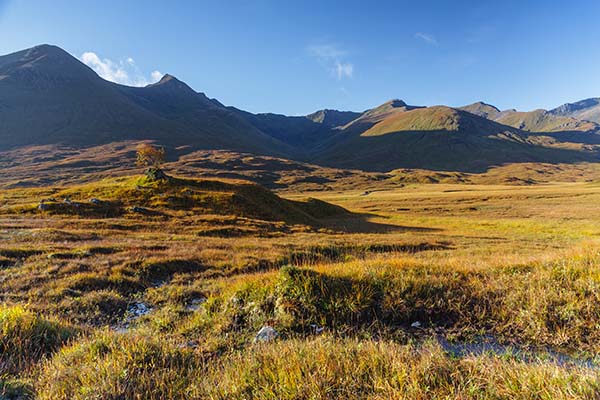Peatlands, also known as bogs and fens, are a type of wetland in which, over the course of hundreds to thousands of years, vegetation—mosses, sedges, trees, and other plants—have accumulated as partially decomposed organic matter. Peat itself covers about three percent of the Earth’s surface, whereas peatlands store about one-third of carbon found in the Earth’s soil as buried organic matter. Because peatlands are covered by water, the decomposition of organic matter slows, allowing the peat to accumulate to depths of 2 to 3 meters (6 to 10 feet). See also: Bog; Carbon dioxide; Greenhouse effect; Peat; Soil; Swamp, marsh, and bog; Wetland

Human intervention, however, can decrease peatlands’ carbon storage capacity, while increasing the amount of carbon dioxide (CO2) in the atmosphere. If peatlands are drained for agricultural use, carbon from decomposing peat will combine with oxygen in air to form CO2, a powerful and long-lasting greenhouse gas. Scientists reporting in the journal Science Advances (June 2021) showed that carbon losses from Northern-Hemisphere peatlands drained for agriculture have historically been a large and often-ignored source of carbon emissions as well as a contributor to global warming, long before the widespread use of fossil fuels. See also: Agriculture; Fossil fuel; Global climate change; Greenhouse effect
In addition to human intervention, peatlands are highly vulnerable to climate change through extreme weather, such as drought and increasing air temperatures. The drying out of peatlands could increase the rate of peat decomposition as well as the rate of plant decomposition, which would reduce the rate at which decomposing plant matter could be stored in peatlands. Because carbon emissions from peatlands are irreversible on hundred-year scales, the researchers stated that future work should focus on protecting and restoring peatlands to avoid major carbon emissions. See also: Environmental management; Extreme weather events; Restoration ecology





